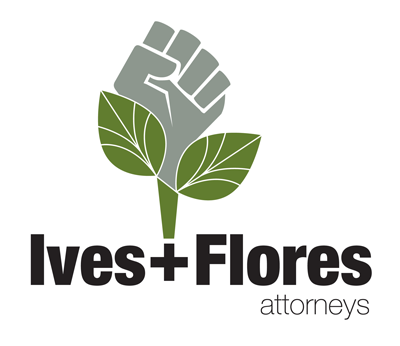Technology continues to march forward. Cameras are everywhere – security cameras, doorbell cams and cellphones mean that cameras are almost always available when something of interest happens.
When it comes to police violence, just having that footage has been a game-changer. On top of that, it is now possible to forensically reconstruct events based on these recordings, eyewitness testimony and other evidence.
These reconstructions are increasingly realistic and enlightening. And, according to the independent newsroom The Intercept, the technique is beginning to get big results in civil rights cases.
The City of Philadelphia agreed to settle with 343 protesters who suffered injuries from police violence during the 2020 George Floyd protests in that city. It will pay a total of $9.25 million to the protestors.
Then, New York City and the NYPD settled with over 300 protesters whom the police beat and arrested during 2020 protests in the South Bronx. The city will pay them $7 million.
What these forensic reconstructions do is give juries a real-time view of what happened. They can see the expressions on faces. They can tell whether a person was engaged in looting. They can observe the tactics of the police in a way that feels first-hand.
Unfortunately, most experts agree that forensic reconstructions may not change policing, at least not directly. This is because civil rights settlements are paid by taxpayers, not the police themselves.
If authorities won’t have an a-ha moment after seeing a forensic reconstructions, that does not mean they are powerless to affect change.
In at least two other cases involving George Floyd protesters, a civil rights lawsuit resulted in a court order forbidding the police from further using certain tactics. For example, courts in both cases ordered the police to stop using tear gas on protesters. And, police were ordered to stop “kettling,” which is essentially rounding up innocent protesters to trap them outside where they will run afoul of curfews.
Again, these cases were won in part by the use of forensic video reconstruction. It is a powerful tool to show the public exactly what happened in police brutality cases.
